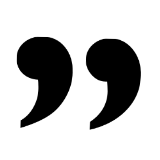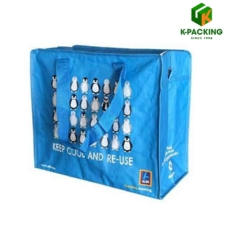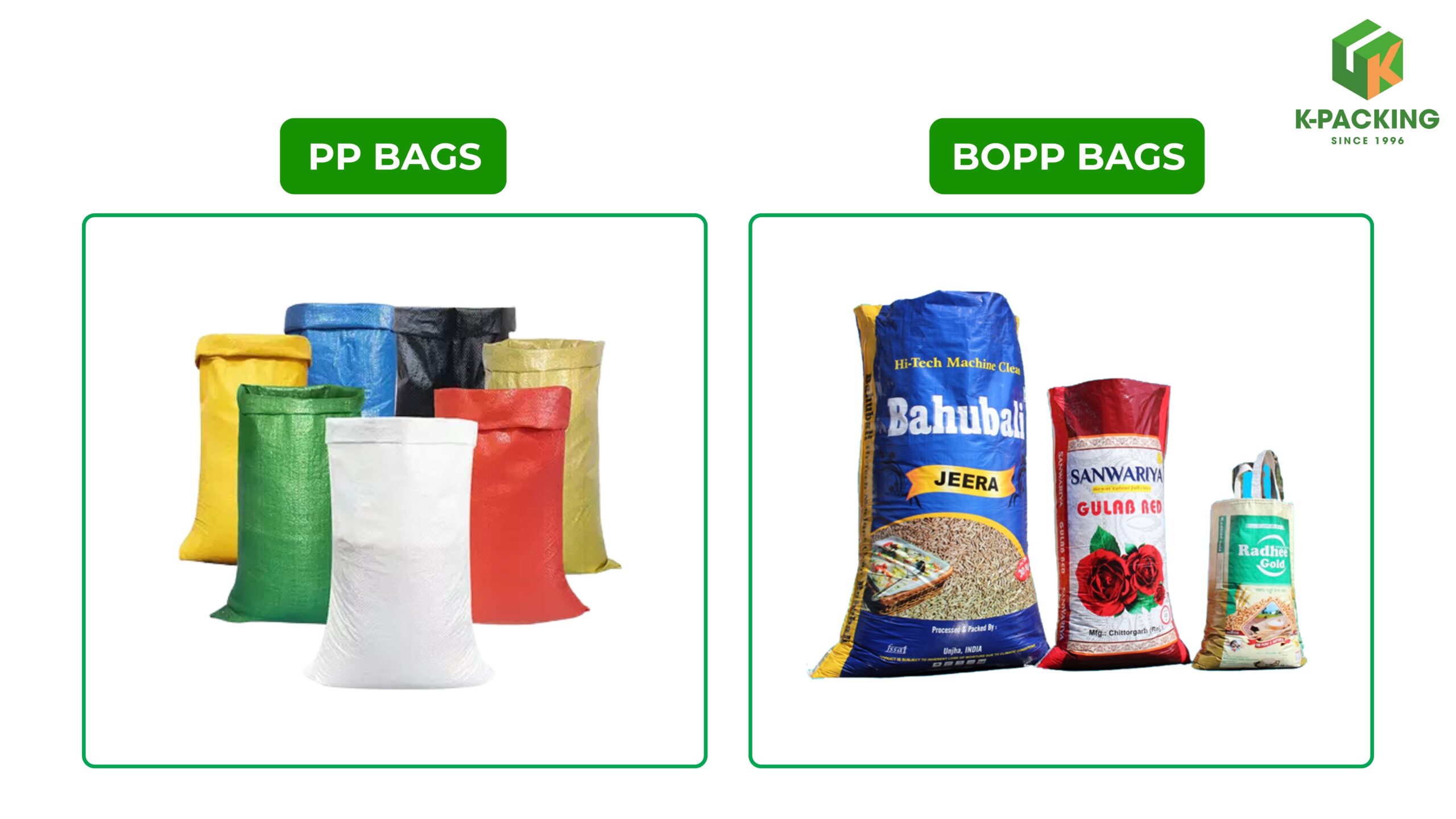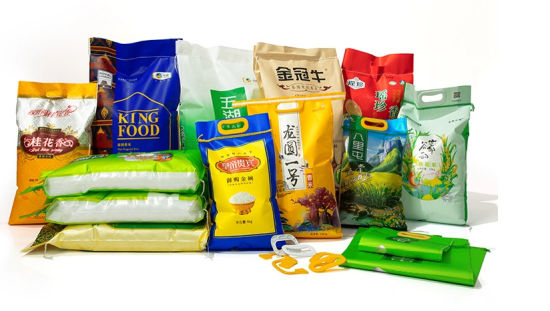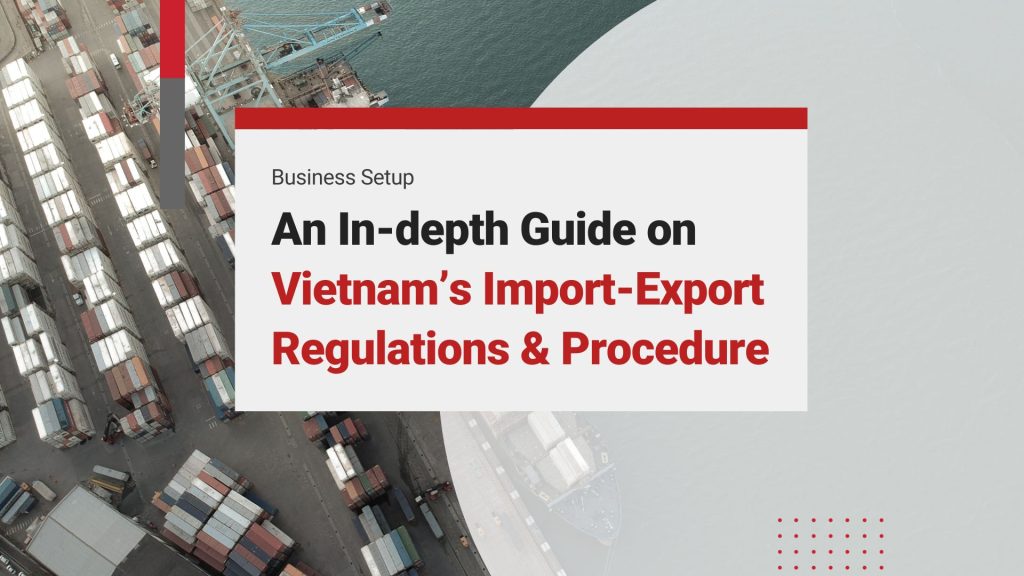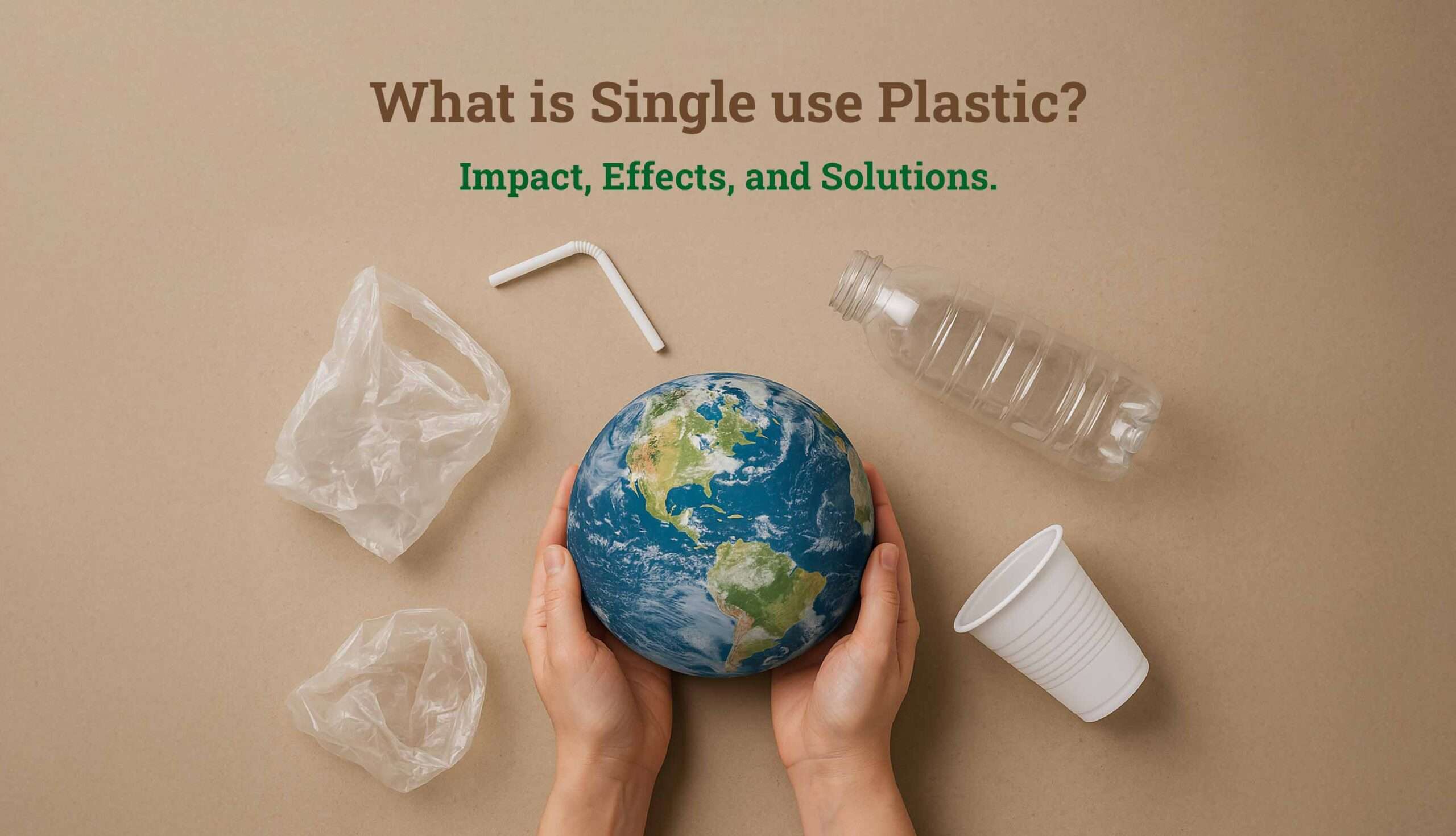Wine bags are becoming increasingly popular as people pay more attention to both the protection and presentation of their wine bottles. A good wine bag doesn’t just keep the bottle safe during travel or gifting, it also adds a touch of elegance and thoughtfulness to the experience. From minimalist kraft paper bags to reusable fabric or air-protective designs, they’ve become a practical and stylish choice for wine lovers everywhere.
However, there are still many questions surrounding these bags: what materials are they made from, can they be recycled, where can you buy them, and is it possible to make one yourself? This article will walk you through all the answers, helping you understand and choose the perfect wine bag for your needs.
What are wine bags made of?
1.1 Travel protector bags
Wine travel protector bags are designed to keep bottles safe during transport. They are typically made from PVC (Polyvinyl Chloride) or TPU (Thermoplastic Polyurethane) on the outer layer combined with inner PE bubble film. PVC offers good shock resistance and waterproofing, while TPU is more eco-friendly and provides superior durability and flexibility.
Another popular form is the inflatable air column bag, made from co-extruded PA (nylon) + PE film. This structure creates multiple independent air columns, so if one column is punctured, the others remain inflated. These bags are lightweight, reusable, and ideal for checked luggage.
1.2 Gift bags
Gift wine bags focus on aesthetics and presentation. They can be made from kraft paper, cotton, linen, canvas, non-woven polypropylene (PP), or jute. Paper bags allow high-quality printing and are biodegradable, while non-woven PP bags are durable, waterproof, and suitable for reuse at events or retail stores.
Premium brands sometimes use satin or velvet fabrics for a luxurious touch, often with ribbon handles or drawstrings.
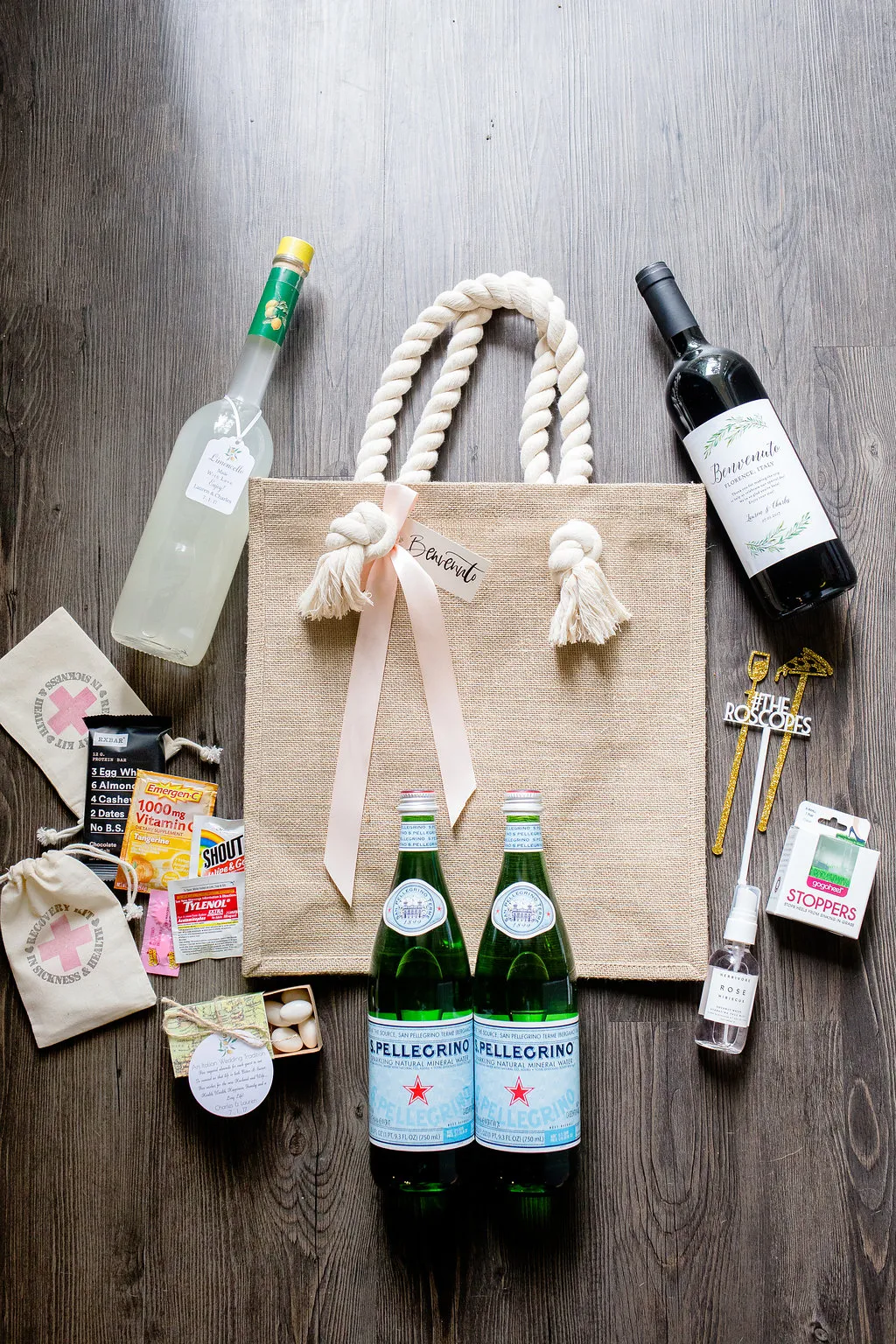
3. Flexible Packaging
Bag-in-Box or wine pouch packaging is commonly used for 250 ml to 3 L volumes. The bag consists of multilayer films – PET (12 µm) as the outer printed layer, PA (15 µm) and aluminum foil (7 µm) as barrier layers, and LDPE for heat sealing. This structure ensures excellent resistance against oxygen, moisture, and light, preserving the wine’s flavor and aroma.
2. Are wine bags recyclable?
As more people care about sustainability, it’s natural to ask whether wine bags can actually be recycled. Some are made to be reused many times, while others can go straight into recycling bins. Here’s a quick look at which types are truly eco-friendly:
2.1 Paper and fabric bags
Kraft paper wine bags are among the most eco-friendly options. They can be recycled up to seven times and easily processed in municipal recycling systems.
Fabric options like cotton or jute are reusable but not always recyclable; however, they offer a sustainable alternative by reducing single-use waste.
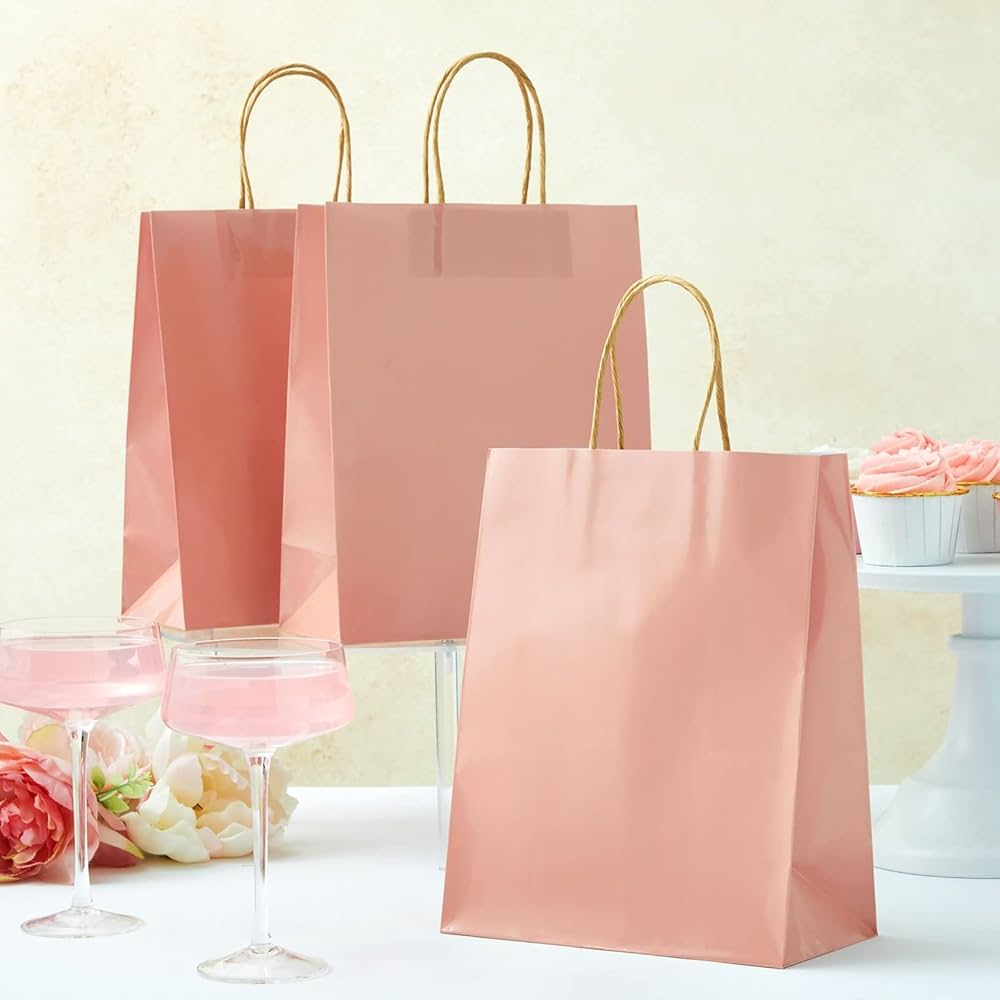
2.2 Non-woven polypropylene
PP non-woven bags are 100% recyclable and have a shorter degradation time compared to polyethylene. Under normal conditions, they can break down within two to three years, while PE takes centuries. These bags are also washable and suitable for repeated use in retail or promotional settings.

2.3 PVC, TPU
PVC can be recycled but requires a more complex process because of added plasticizers. TPU, in contrast, is easier to recycle and more environmentally friendly.
The PA+PE composite used in inflatable air column bags is categorized as recycling code #7 (other plastics) and can be processed in specialized recycling streams.
2.4. Bag-in-box
When separated correctly, both the cardboard box and inner plastic bag can be recycled. The box goes into paper recycling, while the bag should be disposed of in soft-plastic collection bins. New solutions such as SIG Terra RecShield BD have achieved full recyclability certifications from the Association of Plastic Recyclers (APR) in North America.
Where to buy wine bags?
Wine bags are widely available both online and offline, depending on whether you need a few pieces for personal use or large quantities for business and wholesale purposes:
3.1 If You’re buying a few pieces
For small quantities, the easiest way is to shop online or visit local wine or gift stores. Websites like Amazon, Etsy, or Paper Mart offer hundreds of options – from paper wine gift bags to reusable non-woven or fabric totes. These platforms let you filter by size, color, and material, and many sellers also offer custom printing for personal gifts or events.
If you prefer to see the product in person, many wine shops, supermarkets, and home décor stores carry wine bags near the checkout area, especially during festive seasons.
Another creative choice is to make your own handmade wine bag using kraft paper, jute, or recycled fabric. A DIY bag not only saves cost but also gives your gift a personal, sustainable touch. You can follow this quick 10-minute tutorial from Smashed Peas and Carrots for an easy step-by-step guide to sewing your own wine bag: How to Make a Wine Bag in 10 Minutes.
3.2 If You’re buying in bulk or for business
When you need a large quantity – for example, to package products, corporate gifts, or resale — it’s best to order directly from manufacturers or wholesale suppliers.
Factories specializing in non-woven PP, canvas, jute, or kraft paper bags can provide better prices, consistent quality, and full customization options (logo printing, Pantone color matching, reinforced handles).
Manufacturers like K-Packing, UniversePack, or Baixiangju Packaging supply export-grade reusable and recyclable wine bags to markets worldwide. Working directly with a producer also allows you to request eco-friendly materials such as recycled PET (rPET) or TPU, helping your brand align with global sustainability trends.

4. FaQ
Before choosing a wine bag, many people have a few common questions – from price and recyclability to how to use and store them properly. Below are the most frequently asked questions to help you pick, pack, and protect your wine with confidence:
4.1 How much are wine bags?
Wine bags range from $0.50–$2 for kraft or fabric gift bags, $1–$3 for reusable non-woven or air-column protectors, and $5–$15 for premium leather or insulated wine totes. Bulk orders cost less per unit.
4.2 Will wine break in luggage?
Yes, if packed poorly. Use inflatable protector bags or wrap bottles tightly in clothes, placing them in the center of the suitcase. When properly packed, bottles rarely break during flights.
4.3. Should wine be stored upright?
Store bottles on their side if sealed with a natural cork to keep it moist and airtight. Bottles with screw caps or synthetic corks can be stored upright short-term. Sparkling wine is best stored upright.
4.4. Why do people slap winebags?
“Slap the bag” is a fun drinking game with boxed wine. Players drink directly from the bag’s spout, then slap it before passing it on. The slap helps push wine out faster and adds excitement to the game.
4.5 How to blow up wine bags
Find the small air valve, insert a hand pump or air compressor, and inflate until firm. Do not overfill – the one-way valve seals automatically once the nozzle is removed.
4.6. How to deflate wine bottle bags
Most air-column bags can’t be fully deflated because of the one-way valve. Some premium bags include a small release port — squeeze it to let air out, then fold flat for reuse.


